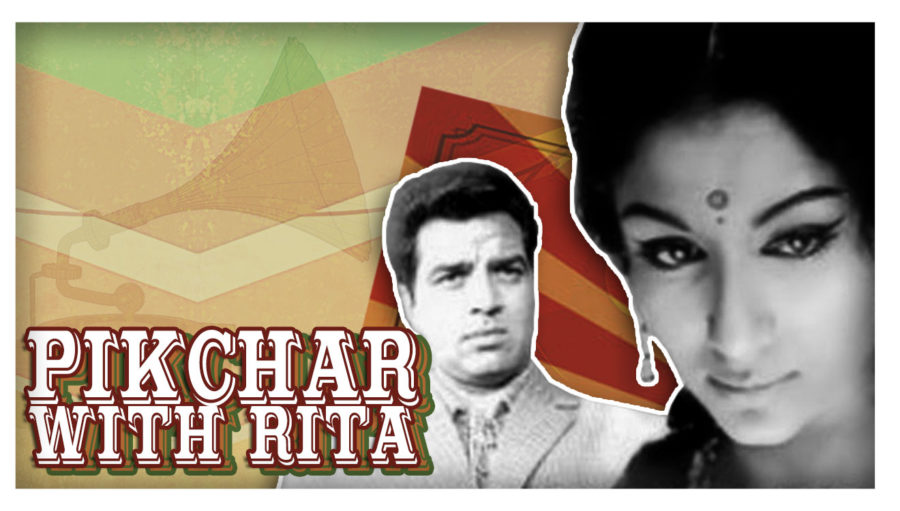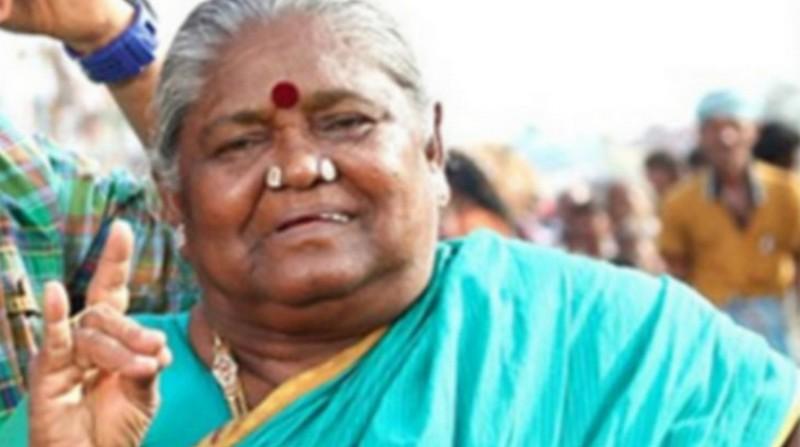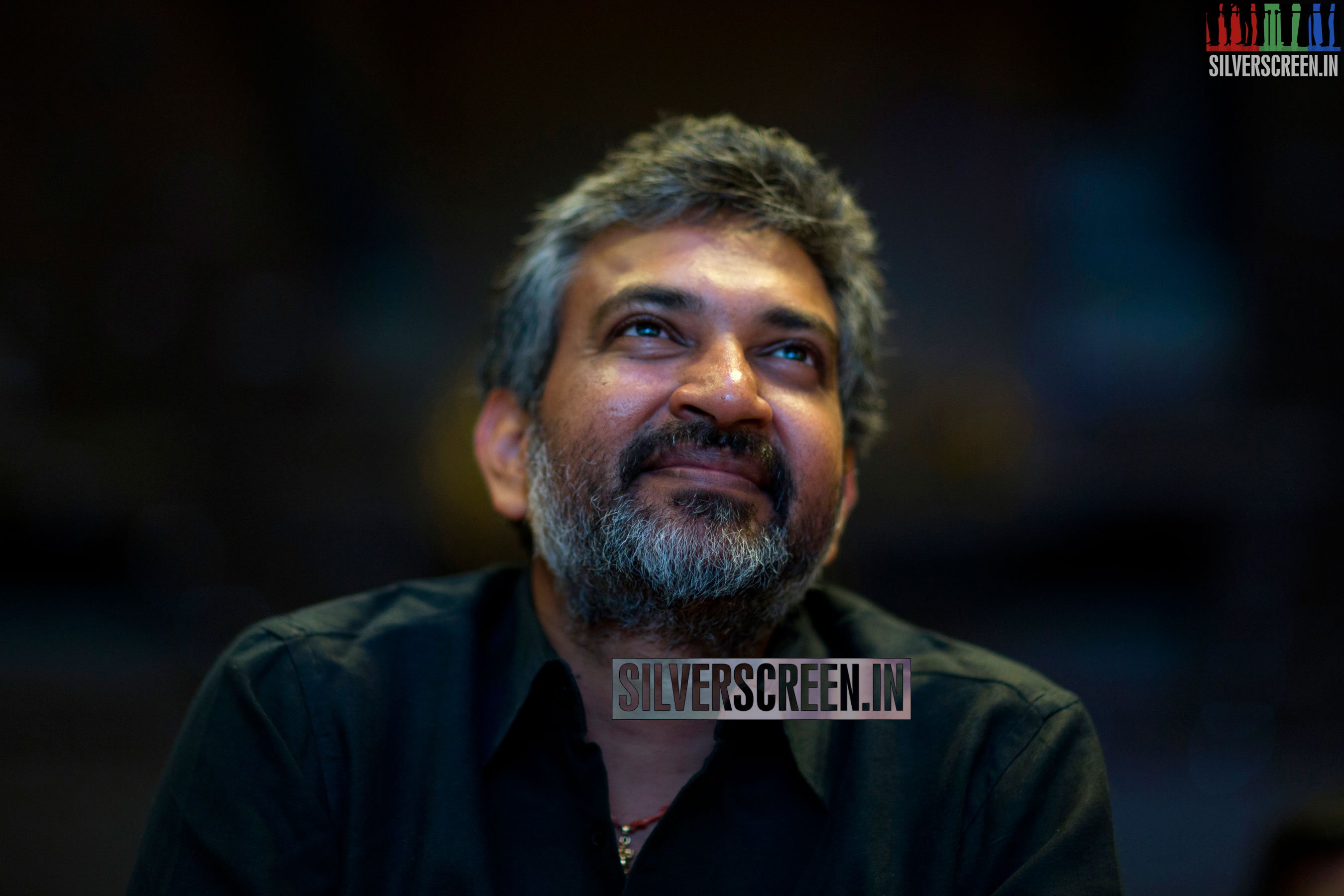What does it do to you to have been documented by someone else, to have your existence noticed which you thought had besmirched the earth? Does a novel based on what you thought was your worthless life end up inspiring you? Does that fiction also chart a path for you, in addition to reflecting your path?
In Hrishikesh Mukherjee’s directed film Anupama (1966), Uma (played by Sharmila Tagore), a quiet, shrinking violet kind of person, finds herself the subject of a novel called Anupama. Such relations between Uma and Anupama’s life disrupt the chronology of fiction and life. What’s more, they occur in a film making the ‘real’ in fictional even more complicated.
This strange dialectic, where both life and fiction lend material to each other and get locked in mutual definition and modification, is the central theme of the film, in my opinion.
Chances are that the film has been remembered for the cruel treatment meted out by a father to his daughter. Mr Sharma, Uma’s father, lost his wife at childbirth and couldn’t bring himself to look at his daughter because she reminded him of his deceased wife. An eerie part of this antagonistic relation is that he does go to her room when he is drunk, even if it’s only to remember in his inebriated state that the daughter is not responsible for his woes.
But I have no intentions of dwelling on this less interesting aspect today, for it is the role of writing that has got subsumed by this story that interests me more.
Ashok (played by Dharmendra) is a poor man, but observant of Uma. He understands what she has not told him. This becomes evident to us when he sings the following song in Hemant Kumar’s haunting voice: Ya dil ki suno duniya walo, ya mujh ko abhi chup rehne do, main gham to khushi kaise keh dun…
Through this song, Ashok becomes Uma’s unspoken voice and a witness to her fate. The song is odd, its sung at a birthday party. Trust Hindi cinema to sometimes produce the most morose songs in a party, and at times, a dance when you expect understated grief!
Poetry and songs tell of a speaker’s subjectivity. However, this poetry speaks of a subjectivity that we have not seen being shared between Uma and Ashok. It communicates not Ashok’s subjectivity, but his knowledge of Uma’s subjectivity. So how does Ashok know this?
Yeh phool chaman mein kaise khila, maali kin azar mein pyaar naheen…
The awareness of untold things come to Ashok for being both a writer and lover, and this intimacy in the film is extremely gestural. Uma and Ashok never even hold hands, which is unusual compared to the fact that the previous generation (Uma’s parents) lived a throbbing life of desire in a marital relationship. Think of the oddity of a younger man singing the Hemant Kumar song Ya dil ki suno in an understated manner; while the song Dheere dheere machal ae dil e bekaraar characterises the relationship of Uma’s parents.
Meanwhile, the novel Anupama tells the story of a girl who didn’t talk, nor felt any desires, until a stranger walked into her life. When Uma is being forced to marry someone else and is held captive at home, she reads the novel and discovers Anupama’s (rather her own) next steps and walks out to claim her freedom to love. The writing has managed to witness, inspire, document and forge an intimacy that touching and speaking have not.
The film takes the turn of a classic romcom at the end where Uma rushes to the railway station to join Ashok. The lover/writer has understood her story, and all is well with the world.
The film reminded me of the Ashwiny Iyer Tiwari-directed Bareilly Ki Barfi (2017), where a pulp fiction writer writes about a sassy and feisty small-town girl.
While the novel’s protagonist has a hypothetical presence, the fact that a male writer has acknowledged the existence of such a woman in an independent and conservative society is enough to make the girl look for the author.
Acts of writing within the filmic narrative have seldom received our attention, but they circle back to other acts of writing the film, creating an inseparable chain of stories overheard, told and incidentally, shown.



